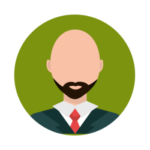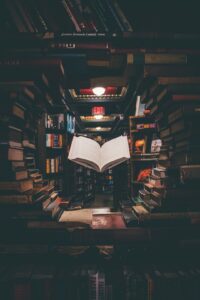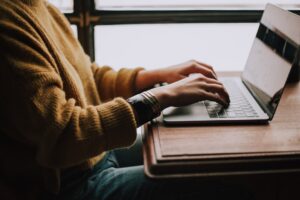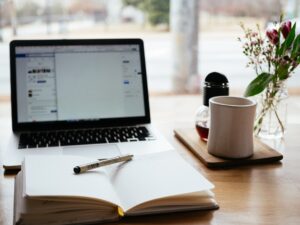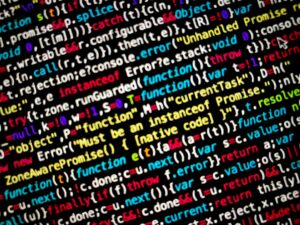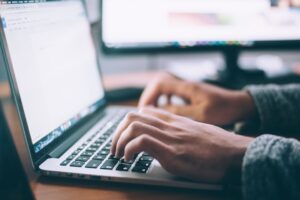As a freelance writer, I once believed my work was entirely original. Little did I know, unintentional plagiarism lurked in the shadows of my creative process. This is my cautionary tale of the mistakes I made before discovering the power of AI plagiarism checkers.
My first blunder was relying solely on my memory. After reading countless articles on various topics, I often incorporated ideas without proper attribution. I thought paraphrasing was enough, but I was wrong. Turnitin, a leading plagiarism detection software, can identify even cleverly reworded text.
Another error was my overconfidence in using quotation marks. I assumed that as long as I enclosed borrowed phrases in quotes, I was safe. However, I failed to cite sources properly, leaving my work vulnerable to accusations of academic dishonesty. Grammarly, a popular writing assistant, offers citation tools that could have saved me from this pitfall.
My third mistake was ignoring the importance of self-plagiarism. I frequently reused portions of my previous works without acknowledging them. Unbeknownst to me, this practice is frowned upon in academic and professional circles. Copyscape, a well-known plagiarism checker, can easily detect such instances of recycled content.
Perhaps my most significant oversight was not understanding the nuances of copyright law. I naively believed that anything available online was fair game for use. This misconception led me dangerously close to copyright infringement. Tools like Quetext use advanced algorithms to cross-reference text against billions of web pages, ensuring originality.
The turning point came when a client rejected my work, citing “uncanny similarities” to existing content. Embarrassed and desperate, I turned to AI-powered plagiarism checkers. These sophisticated tools, such as PlagiarismCheck.org, use machine learning to detect even the most subtle forms of unoriginal content.
Implementing an AI plagiarism checker into my workflow was transformative. Not only did it catch potential issues, but it also educated me on proper citation techniques. I learned to use APA, MLA, and Chicago style guides effectively, enhancing the credibility of my work.
Moreover, these tools improved my writing process. They encouraged me to think more critically about my sources and how I integrated information. This led to more thoughtful, well-researched pieces that truly showcased my unique voice.
As a random fact, did you know that the word “plagiarism” comes from the Latin “plagiarius,” meaning kidnapper? Much like kidnapping, plagiarism takes something that doesn’t belong to you.
In conclusion, my journey from plagiarism pitfalls to conscientious writing was eye-opening. AI plagiarism checkers aren’t just tools; they’re educators and safeguards. They protect not only our work but also our integrity as writers. Don’t make the mistakes I did – embrace these technological allies in your quest for originality.


